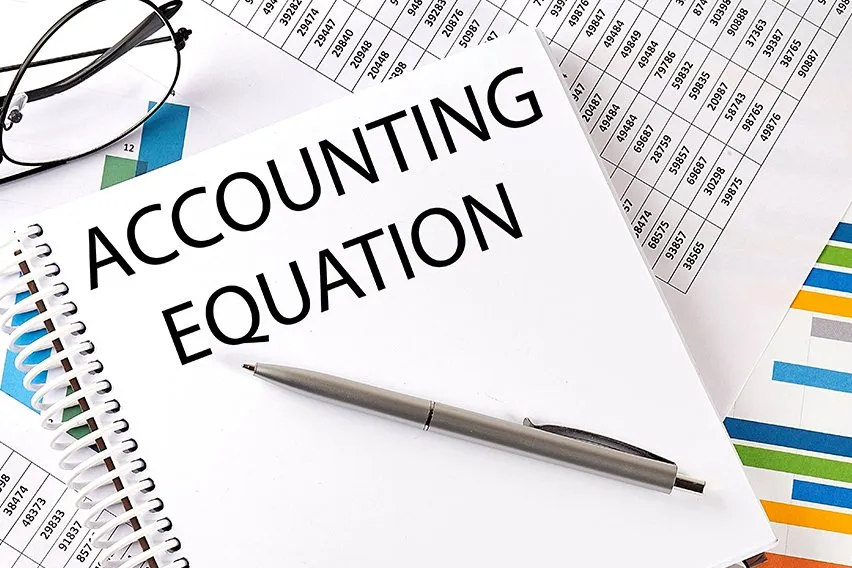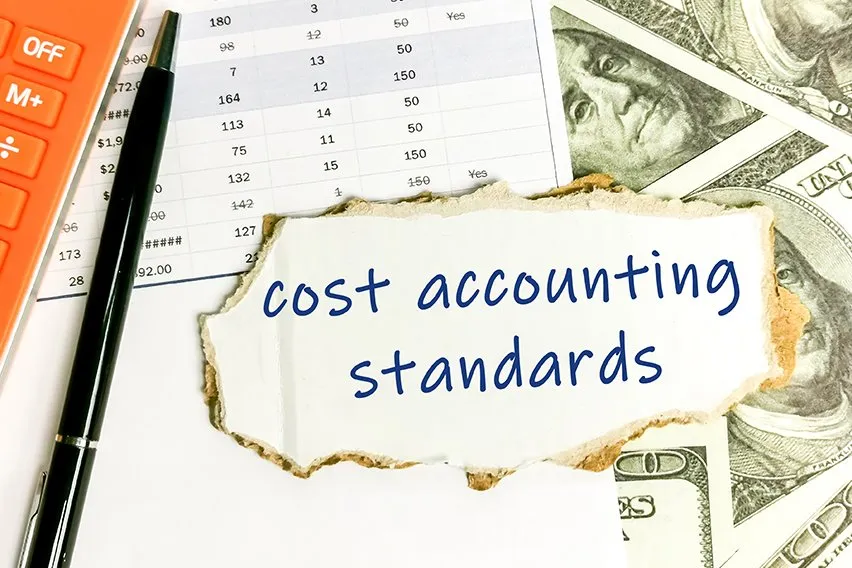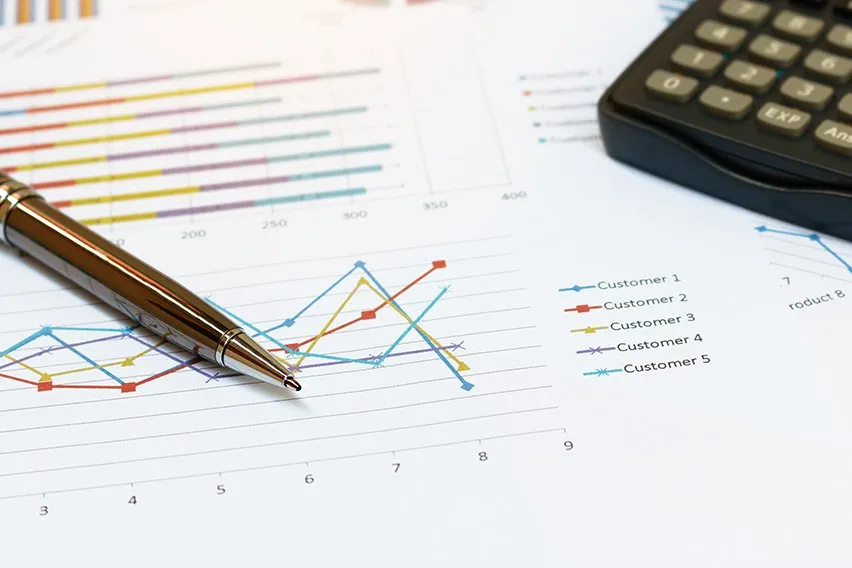What Is the Accounting Equation?

Also known as the balance sheet equation, the accounting equation formula is Assets = Liabilities + Equity.
This equation should be supported by the information on a company’s balance sheet. The Accounting Equation is the foundation of double-entry accounting because it displays that all assets are financed by borrowing money or paying with the money of the business’s shareholders.
The balance sheet is a more detailed and complex display of the accounting equation. It shows that the total assets of a business are equal to the total liabilities and shareholder equity. In other words, all uses of capital (assets) are equal to all sources of capital (debt: liabilities and equity).
Another way to look at the equation it is:
Shareholder equity = Assets – Liabilities
The Accounting Equation is often called the Basic Accounting Equation.
This Accounting Equation article will also discuss:
What Are the Three Elements in the Accounting Equation?
What Are the Three Elements in the Accounting Equation Formula?
The Accounting Equation Formula is:
Assets = Liabilities + Equity
So, let’s take a look at every element of the accounting equation.

Assets
The first part of the accounting equation is assets. Assets are things of value owned by a business.
There are different categories of business assets including long-term assets, capital assets, investments and tangible assets. They were acquired by borrowing money from lenders, receiving cash from owners and shareholders or offering goods or services.
Current business assets include cash and accounts receivable, while long-term assets include notes receivable. Items such as plants, property and equipment are considered capital assets. Securities owned by a company like stocks and bonds are called investments. Intangible assets found on the company balance sheet include trademarks, goodwill, patents and copyrights.
The accounting equation states that the amount of assets must be equal to liabilities plus shareholder or owner equity.
Liabilities
The second part of the accounting equation is liabilities. Obligations owed to other companies and people are considered liabilities and can be categorized as current and long-term liabilities.
Due within the year, current liabilities on a balance sheet include accounts payable, wages or payroll payable and taxes payable. Long-term liabilities are usually owed to lending institutions and include notes payable and possibly unearned revenue.
Unearned revenue from the money you have yet to receive for services or products that you have not yet delivered is considered a liability.

Shareholders’ Equity
The third part of the accounting equation is shareholder equity. The revenue a company shareholder can claim after debts have been paid is Shareholder Equity.
Shareholder Equity is equal to a business’s total assets minus its total liabilities. It can be found on a balance sheet and is one of the most important metrics for analysts to assess the financial health of a company.
Shareholder Equity represents the net or book value of a business.
Final Thoughts On Calculating The Equation
The Accounting Equation is a vital formula to understand and consider when it comes to the financial health of your business. The accounting equation is a factor in almost every aspect of your business accounting.
RELATED ARTICLES

 Cost Accounting Standards: They’re Policy for Government Contracts
Cost Accounting Standards: They’re Policy for Government Contracts How to Balance a Checkbook?
How to Balance a Checkbook? How to Calculate Net Sales?
How to Calculate Net Sales? What Is Net Working Capital? With Definitions and Formulas for Small Business
What Is Net Working Capital? With Definitions and Formulas for Small Business How To Calculate Gross Profit: Formula and Example
How To Calculate Gross Profit: Formula and Example How to Calculate Total Assets: Definition & Examples
How to Calculate Total Assets: Definition & Examples